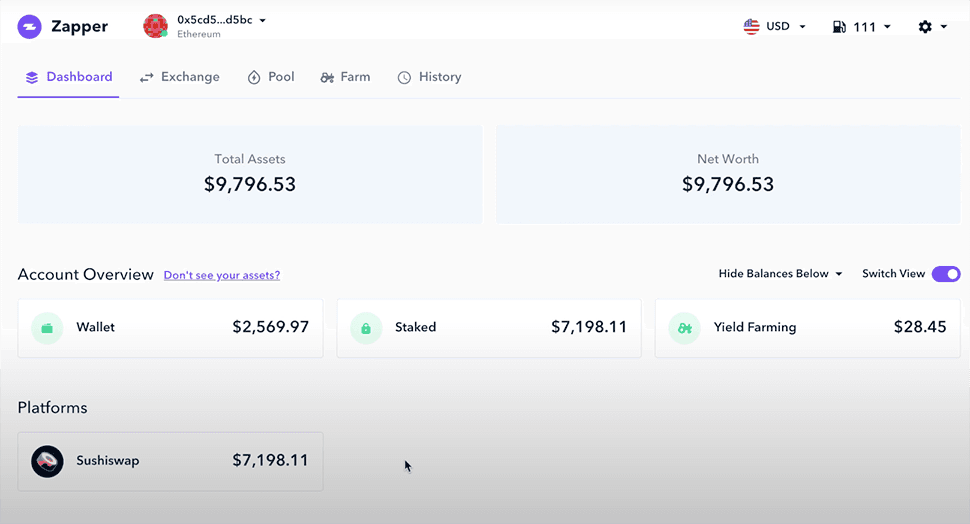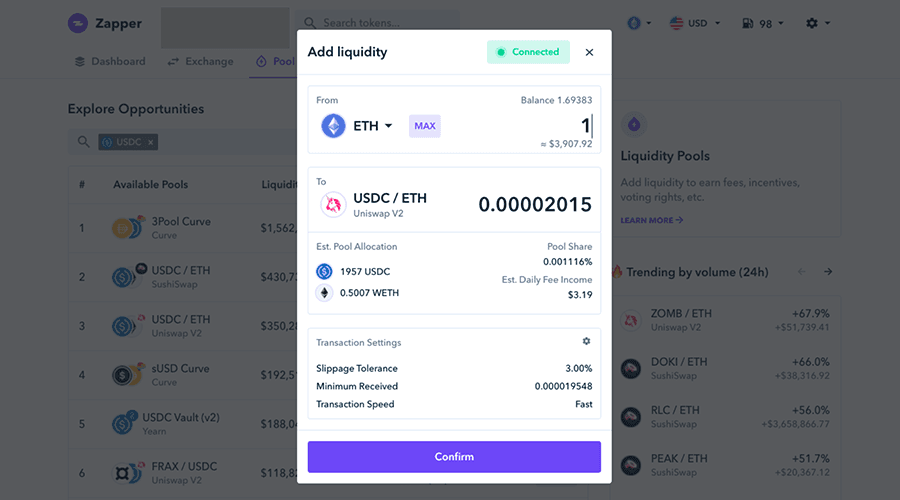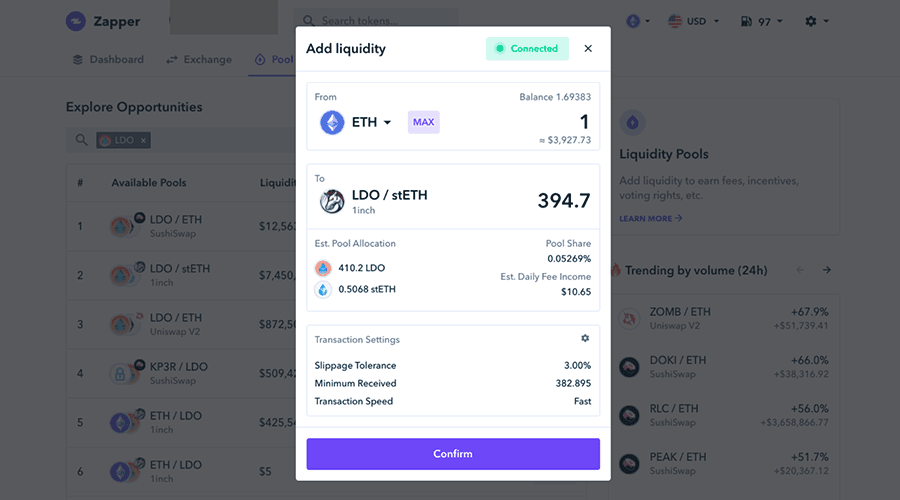-
Commitment to our readers
18 years
Helping you save money
Reviewed
by experts
Cited by
major publications
Finder maintains full editorial independence to ensure for our readers a fair assessment of the products, brands, and services we write about. That independence helps us maintain our reader's trust, which is what keeps you coming back to our site. We uphold a rigorous editorial process that ensures what we write and publish is fair, accurate, and trustworthy — and not influenced by how we make money.
We're committed to empowering our readers to make sound and often unfamiliar financial decisions.
We break down and digest information information about a topic, product, brand or service to help our readers find what they're looking for — whether that's saving money, getting better rewards or simply learning something new — and cover any questions you might not have even thought of yet. We do this by leading with empathy, leaning on plain and conversational language that speaks directly, without speaking down.
Gemini Cryptocurrency Exchange

- Buy, sell and trade 80 cryptos.
- Platform designed for traders of all experience levels
- Get $25 in Bitcoin when you trade $100 with code Finder25
Zapper Finance (Zapper.fi) simplifies entry to the DeFi sector by allowing users to manage liquidity investments in different DeFi protocols, all from the comfort of one single application. Alongside liquidity management, the application allows users to keep track of their investments via the portfolio tracker.
Zapper.fi allows users to "zap" in and "zap" out of liquidity pools with a single click. This means a user can more easily navigate liquidity pools that exist on platforms such as Uniswap, Curve Finance or Balancer.
In this guide we will teach you how to use Zapper to simplify your DeFi experience as well as give you some tips on how to reduce those costly gas fees.
Must read
Zapper.fi and other DeFi protocols are experimental works in progress. Funds deposited into Zapper.fi or DeFi protocols in general can be at risk of smart contract vulnerabilities, malicious developers and hacks. Zapper.fi is governed by token holders through a DAO (decentralized autonomous organization).
What is Zapper.fi?
Decentralized finance (DeFi) is now a dominant sector of the cryptocurrency industry with hundreds of DeFi protocols now filling the space. DeFi protocols aim to decentralize traditional financial services and remove the need for a centralized governing entity.
Within that framework, there are several DeFi protocols that rely on individual users to provide liquidity via liquidity pools. This is a unique feature of DeFi. Financial liquidity is usually provided by large centralized organizations. In the DeFi space, there are plenty of opportunities for individual investors to earn a return on investment from their cryptocurrency assets.
However, DeFi can be a difficult ecosystem to navigate, even for experienced cryptocurrency users. It requires an intermediate understanding of the Ethereum blockchain and an understanding of how different DeFi protocols work and communicate.
This is where Zapper comes in. Zapper provides a single interface for interacting with leading DeFi protocols on Ethereum and a small number of other blockchains. Instead of switching between several protocols and making numerous transactions, Zapper allows you to do everything in one go, which can also save you money on gas fees.
All in all, Zapper makes for a very smooth DeFi experience for users of any skill level.
The dashboard gives you an overview of where your funds are currently allocated across the following:
- Wallet
- Liquidity pools
- Yield Farming
- Investments
- Deposits
- Debts

The Zapper.fi dashboard showing how assets are distributed
Founded in 2020, Zapper.fi involved the consolidation of two previous products called DeFiZap and DeFiSnap. DeFiZap was focused on using smart contracts to remove the complexities of accessing DeFi, whereas DeFiSnap allowed users to easily track positions. The combination now works together to form the basis of the Zapper.fi product.
Zapper.fi is a DeFi product rather than a DeFi protocol. This means that the application itself is not decentralized. Although centralized, the application is non-custodial meaning that a user always holds control of their private keys.
How Zapper.fi works
Zapper.fi works by moving you in and out of DeFi positions with a single click. This removes the necessity of interacting and navigating the websites of individual DeFi platforms. The Zapper.fi application does this from a single user dashboard and all it requires is validation from a single Ethereum address.
For example, if you want to provide liquidity to a pool, you need to deposit a pair of tokens, but might only have one half of the pair. Thus you would need to first trade something for the second token, and then stake both tokens. Some pools also let you take the liquidity provider tokens (tokens that you receive in return for providing liquidity) and stake those for additional rewards. As you can see, there are quite a few steps involved which can be quite confusing for anyone new to DeFi. Zapper instead allows you to do all of this in "one click".
Let's take a look at a real world example.
An investor holds ETH and wants to enter a position in the Uniswap ETH-USDC liquidity pool. Usually, the investor would need 50% ETH and 50% USDC to enter the pool. This would require a few transactions before entry to change 50% of their ETH holdings to USDC. Using Zapper.fi this process can be completed in one transaction. The investor can be "zapped" into the ETH-USDC liquidity pool with a single click. Any exchanges are completed for them. This saves both time and gas fees.

Users can provide liquidity via a single screen which bundles all necessary transactions.
Features of Zapper.fi
- Multiple DeFi integrations. Zapper.fi allows users to stake liquidity with a variety of DeFi protocols all from a single dashboard. It removes the need to visit each DeFi protocol individually to carry out DeFi investments.
- Portfolio rebalancing. Rebalancing is a stable way to ensure a well-diversified portfolio. This cumbersome process is simplified thanks to Zapper.fi's connectivity.
- Multi-pooling. This allows a user to enter multiple liquidity pools across multiple DeFi platforms with a single cryptocurrency token.
- Monitor DeFi positions. Live data updates allow users to track the performance of their DeFi investments and then manage accordingly.
- Automatic liquidity divide. If a user does not hold the correct proportion of liquidity for a specific liquidity pool, Zapper.fi can automatically perform background transactions so that the correct proportions are met.
How to use Zapper.fi for DeFi
To use the Zapper.fi platform a user will need to connect a web 3.0 digital wallet, such as Metamask or Formatic.
- Choose a liquidity pool. Scroll through the Zapper dashboard and find a liquidity pool or farm that you would like to provide liquidity for.
- Add liquidity. Click "Invest" and select the token and amount that you would like to stake. Zapper will automatically trade this token for the second half of the pair that is required. If you have neither of the tokens, Zapper will trade it for both of them (see the example below).
- Review. Double check that you're happy with the details of the transaction, or adjust things like slippage tolerance in the settings.
- Confirm. Confirm the transaction in your web 3.0 digital wallet.

Zapper will automatically trade tokens on your behalf to provide liquidity to the desired pool.
It is just that simple. Any necessary exchanges for the chosen liquidity pool will be completed in the background of the application.
Advantages of using Zapper.fi
- The platform allows you to track multiple positions in the top DeFi protocols including Uniswap, Curve Finance, Balancer, Synthetix, 1inch, Sushiswap and Yearn Finance. Breakdowns can be performed for each DeFi protocol and each staking process.
- Zapper.fi greatly reduces the time and gas fees required for set-up and management of providing liquidity to DeFi protocols. Multiple transactions can be rolled into one.
- It simplifies the process for those unfamiliar with the DeFi sector. An inbuilt questionnaire helps users understand what type of investment they might prefer.
Gas fees on Zapper.fi
Zapper.fi does not charge any extra fees. For every transaction completed on Zapper.fi a variable gas fee will be applied that is required for any transaction on the Ethereum blockchain.By completing multiple exchanges in one transaction Zapper.fi can often save users gas fees when entering a liquidity pool.
Risk of using Zapper.fi
With any DeFi related protocol or product, there are associated risks attached to use. Zapper is an Internet website and like anything on the Internet, it can be fraudulently replicated. Make sure you are on the correct Zapper.fi website before use. Bookmark the correct webpage in your browser.
The use of Zapper.fi directly involves the use of DeFi protocols. When a user places cryptocurrencies into a liquidity pool you are automatically taking on the risks associated with that DeFi protocol. Make sure you understand and know the risks associated with each one, including impermanent loss.
Zapper.fi and all DeFi protocols work on smart contracts. These smart contracts are liable to "bugs" that can cause malfunctions in any related system. Although hard to predict, it is a risk that should be taken into consideration.
Slippage is a problem that plagues some DeFi exchanges and can be amplified on the Zapper.fi platform due to the "middleman" effect – since you are not directly transacting with each DeFi protocol the risk of slippage increases. This can be countered by specifying the max slippage parameters before any transaction.
Our verdict: Should you use Zapper.fi?
Zapper.fi truly simplifies the process of entering the DeFi ecosystem for those investors looking to take advantage of the multiple yield farming and liquidity providing opportunities that currently exist. Along with simplifying entry, the platform also removes the tedious process of tracking all DeFi allocations that may extend across several DeFi platforms. A great bonus.
Although currently focusing on the Ethereum, Fantom and Binance Smart Chain ecosystems, the team may expand to other blockchains in the future.
Pros and cons
Pros
- DeFi investment tracking. Zapper removes the need to track multiple DeFi investments across multiple platforms.
- Simplifying entry. The simple user interface and smart contract connectivity mean a user can "zap" in and out of liquidity pools with a single click. The platform also performs any necessary exchanges in the background.
Cons
- No access to lending protocols. Lending protocols in the DeFi space such as AAVE, Compound and Maker also provide users with the opportunity to provide liquidity. However, transaction utility for these protocols has not yet been added to the platform.
- Smart contract bugs. Reliance on smart contracts means the system is liable to smart contract malfunction.
- No dual token support. Even if you have both tokens in your wallet for a required liquidity pool, Zapper will only let you add one, trading half of it for the second required token.
Whether products shown are available to you is subject to individual provider sole approval and discretion in accordance with the eligibility criteria and T&Cs on the provider website.
Are you visiting from outside the US?
Ask a question
More guides on Finder
-
What is a DAO? Decentralized Autonomous Organizations explained
DAOs are already replacing traditional business models and revolutionizing the world of investing. Find out how they work and how to invest.
-
Lido Staking
Lido’s liquid staking allows investors holding LUNA and less than 32 ETH to reap the rewards of DeFi staking.
-
DeFi and Web3 wallets
Find out how a Web3 wallet can allow you to access the world of DeFi, plus discover which wallets we recommend.
-
DeFi tokens: A simple guide for beginners
DeFi tokens compose a prominent sector in the cryptocurrency markets. Learn the basics of these tokens here.
-
A guide to using the Loopring Decentralized Exchange
Learn how to save on Ethereum gas fees by using the Loopring decentralized exchange, and earn money as a liquidity provider.
-
DeFi guide: How to use MakerDAO and mint DAI
Read our step-by-step guide on the MakerDAO platform. Find out how it works and how to grant loans using cryptocurrency holdings.
-
What is Compound Finance?
We explore how to use Compound Finance for lending and borrowing.
-
Uniswap beginner’s guide: How to trade and provide liquidity
Learn how to trade or earn money by providing liquidity on Uniswap, Ethereum’s biggest decentralized exchange.
-
How to use Curve Finance for DeFi
Learn how to use Curve.fi for trading, providing liquidity and earning interest with this simple guide.







